The Texas Association of Cactus and Succulent Societies held its annual fall seminar at the Dallas Arboretum this year. Chilly and rainy outside, but warm and interesting inside.
TACSS is composed of member associations throughout the state. Members from these associations were in attendance at the seminar: Houston Cactus and Succulent Society, Kerr County Cactus and Succulent Society, North Texas Cactus and Succulent Society, San Antonio Cactus and Xerophyte Society, Austin Cactus and Succulent Society, Central Texas Cactus and Succulent Society, Coastal Bend Cactus and Succulent Society, and Fort Worth Cactus and Succulent Society. You might notice there is no West Texas society or Muleshoe society. I’m sure we have cactus lovers up here, or maybe not; I may be it! No one from this area seems to go to these things. But I always have a good time and learn something new every time I go to this and the CSSA (Cactus and Succulent Society of America) conventions. Besides my membership in TACSS, CSSA, I am now a member of the Austin group since we tend to make it to the Austin area more often than some of the other places represented.
But I digress. This trip was a long loop that went from Muleshoe to Kingsland and Spicewood, Dallas and Graham and back to Muleshoe. I did a presentation for the HIghland Lakes Master Gardener Green Thumb group in Kingsland on a variety of Texas cacti, visited with friend Shari in Spicewood who likes succulents but has a lush, totally different kind of garden compared to mine, had a quick visit with friend Nola at a stop on I-35 and then traveled to Dallas to stay with childhood friend Carol Koenig Hausler. She and I attended the reception Friday night before the seminar at the home of Irwin and Robin LIghtstone and thoroughly enjoyed the evening. We had the chance to see all his plants and the many beautiful photographs of cactus, flowers, and succulents he had on display that were taken with the techniques he would talk about at the seminar the next day.
Saturday I bid Carol goodbye and headed for the Dallas Arboretum following the MapQuest directions she graciously retyped for me in larger font so I could read as I drove. I know, not supposed to do that, but I read at the stop lights and the directions took me right there. In fact, I was a bit early, so I had time visit and shop the vendors before the crowd got there. I should have bought this beauty, but talked myself out of it. Then when I finally caved and decided to get it, it was gone! Probably just as well.
Mike Rupe, executive director of TACSS, opened the meeting and introduced Irwin Lightstone, whose topic was Plants, Passion, and Photography.
He gave instructions on lighting, camera settings, and lots of other helpful and, at times, very technical pointers. These were the same techniques he had used taking the photographs we had seen at his house during the reception.
After a break, Richard Stamper from the Austin society talked about his passion, haworthia splendens.
Richard also shared growing and propagation tips for haworthias with us.
After a quick break, lunch was delivered-we were given sandwich choices when we registered, and they were very good-followed by a lunch program given by the Arboretum’s chef Alison Matis titled Everyday Cooking with Cactus. What could be more appropriate for a bunch of cactus lovers, right?
She made a nice juice drink from prickly pear seed pods and cleaned and cooked the pads for cactus tacos. After the demonstration, we were all treated to samples of her wares, and that was fun. She also learned something from us, that those pods she makes into juice are called tunas.
Next on the program was Karen Zimmerman from the Huntington Botanical Gardens in California, who talked about her favorite succulent, the aloe.
Unfortunately, the afternoon sun cast a glare on those long, tall windows, and no matter where I stood to take pictures of her presentation, I couldn’t get away from the reflection on the screen. I will share this one with you, anyway, because it does illustrate why a person could become obsessed with aloes. Look at all those colors, patterns, and teeth on the edges of the plants, not to mention the variety of aloe flowers. Karen has developed many hybrids, and these are just a few examples.
Look closely through the blasted reflection from the windows and you will see a broad strip of red through the middle of the picture-all aloe blooms, another part of the appeal of aloes.
Woody Minnich from New Mexico gave the next presentation on the cacti of Brazil.
His slides suffered the same window reflections, but they are still worth sharing. Woody travels extensively to see cacti in its natural habitat and always comes home with interesting information about the places he visits.
Announcements and winners for the outstanding cactus and succulent contest were then announced. Sa Sun McDonald from the North Texas group grew the winning cactus.
Barbara Schulze, president of TACSS and a member of the San Antonio club, had the winning succulent, this euphorbia.
Irwin Lightstone was recognized by Mike Rupe, executive director of TACSS, for his work organizing and hosting this event with the North Texas Cactus and Succulent Society, of which he is president.
I left after the business meeting and had to miss dinner with the attendees at the Highland Park Cafeteria and the greenhouse tours scheduled for Sunday, which I was sorry to miss. I needed to head out for Graham for a visit with my aunt Loreda and go home the next day. Finding my way out of Dallas was an adventure, but after that getting to Graham was a piece of cake.
Loreda and I had a good visit, and Sunday morning when I happened to wake up at 5:14 a.m., she was already up, so there was no reason for me not to stay up and get an early start home. Early start, indeed. I pulled out at 5:55 and had the road to myself.
And boy, did I have it to myself! If you want to make incredibly good time and exceed the speed limit with wild abandon, really early on a Sunday morning on a less-traveled state highway is the way to go. I was fortunate not to encounter any deer or state troopers and must have set some land speed records until I was enveloped by fog between Dickens and Crosbyton, where good sense took over and I slowed down.
Between Littlefield and Muleshoe I was seduced by this rather unusual cloud formation and lost a little time stopping for pictures.
Pulled into Muleshoe at 10:25 a.m., a four and a half hour trip that usually takes five, five and a half, depending how many stops you make. A 1,260 mile loop encompassing visits with friends and family, giving a presentation, attending an educational and fun cactus seminar, and coming home safely with new plants and good memories.
What a deal! Can’t wait to do it again.
Thanks to Mike Rupe for helping me remember names and get my information right for this story.
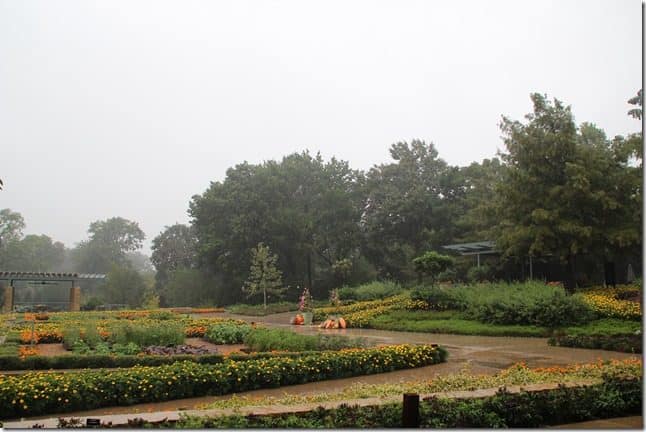
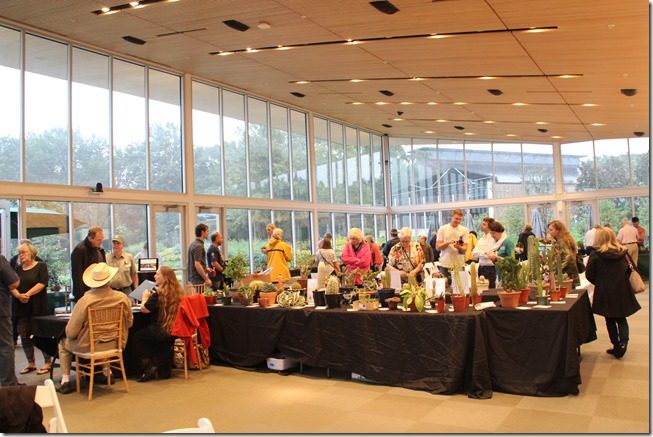
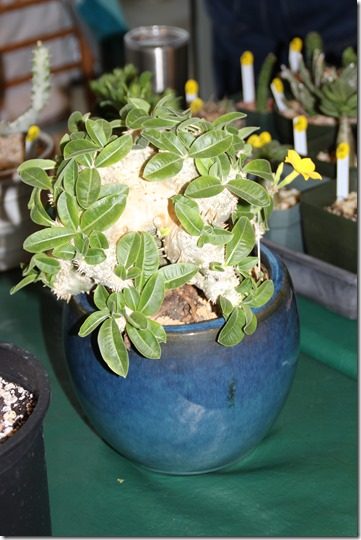
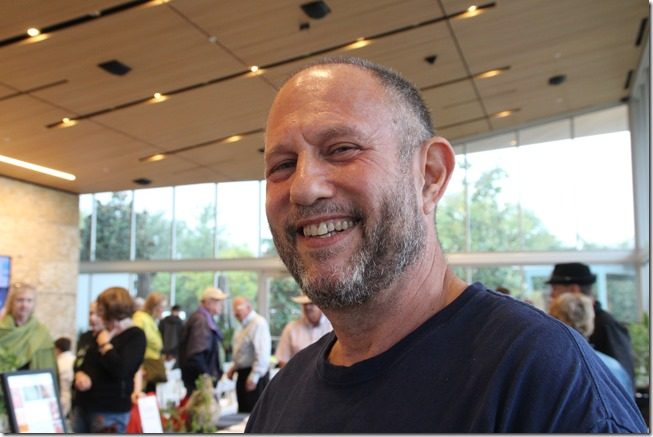
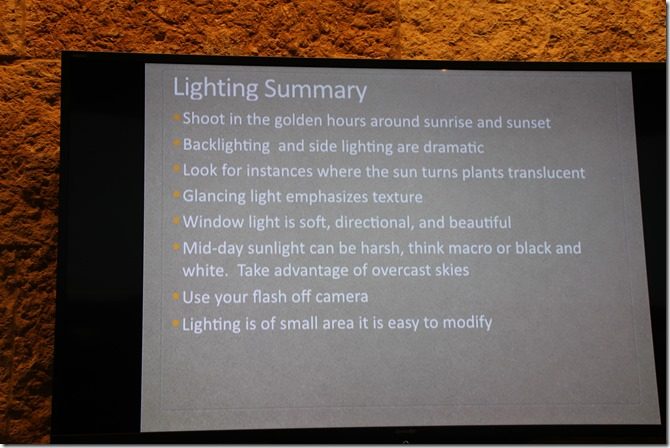
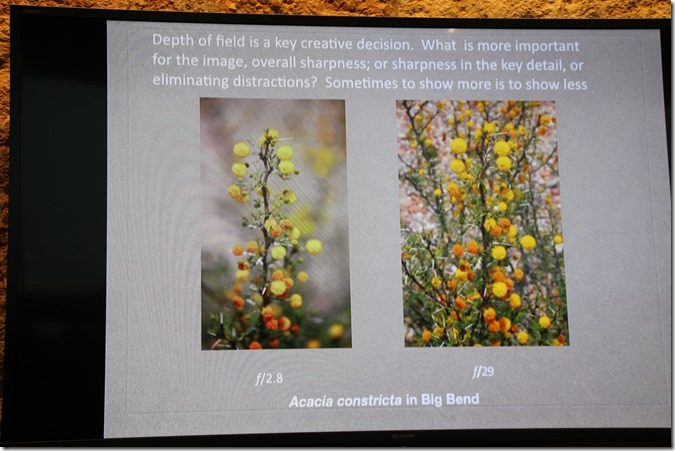
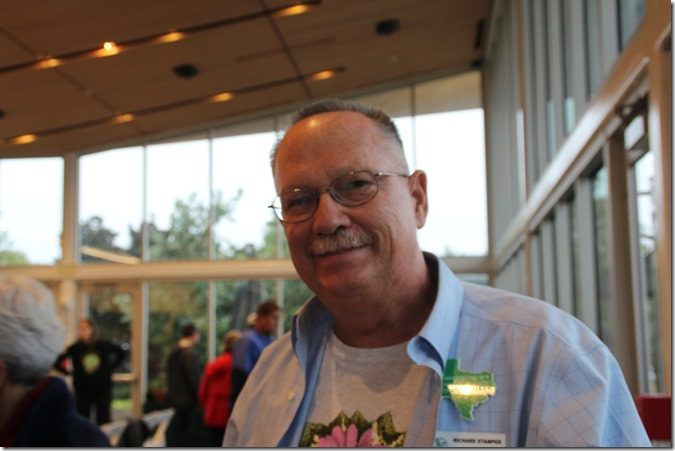
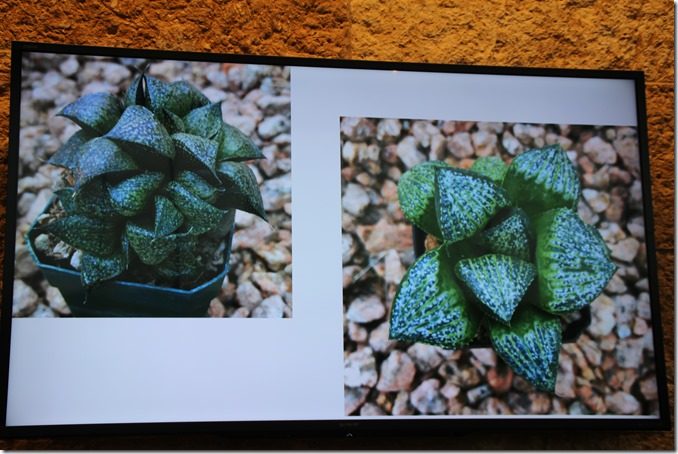
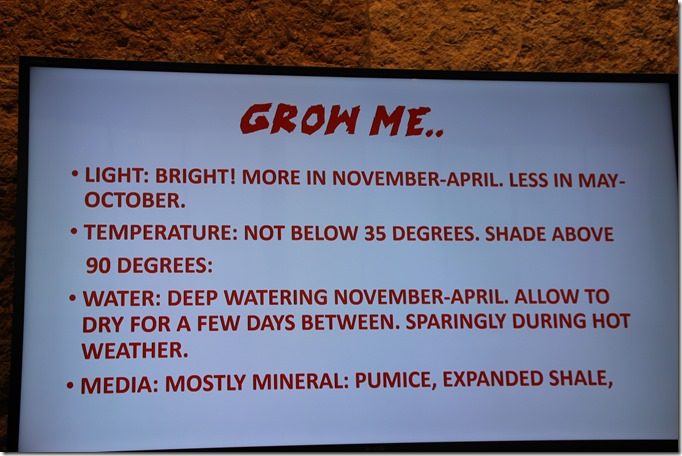
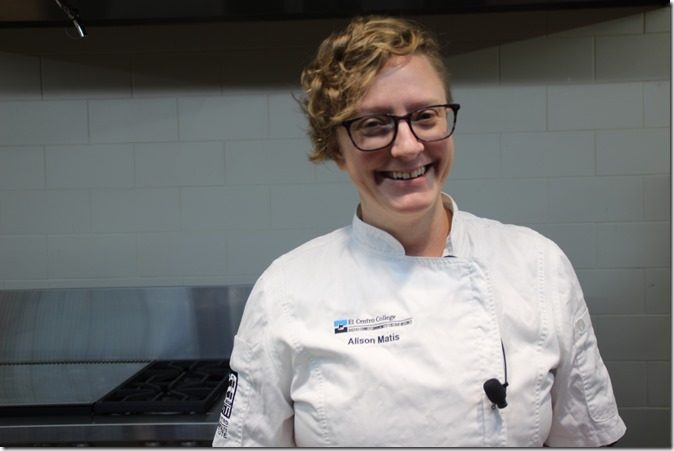
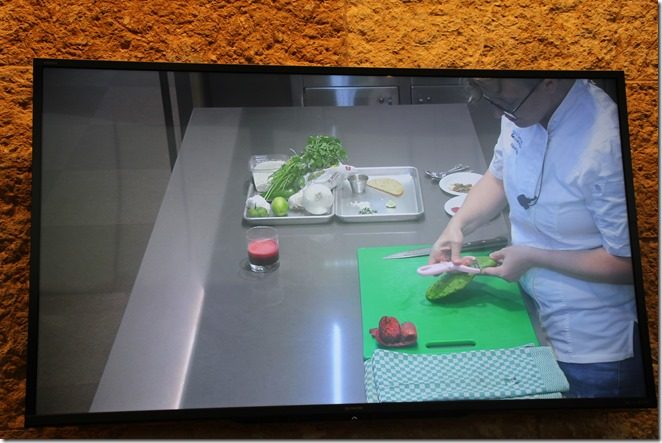
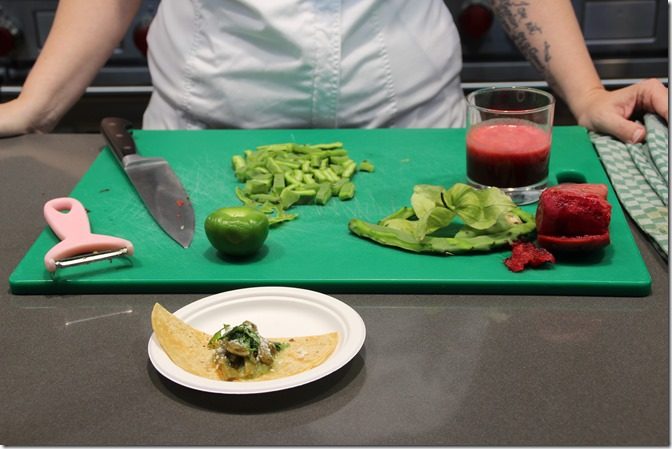
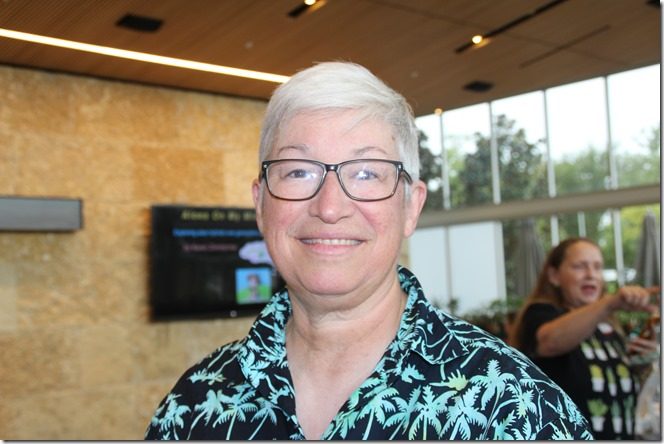
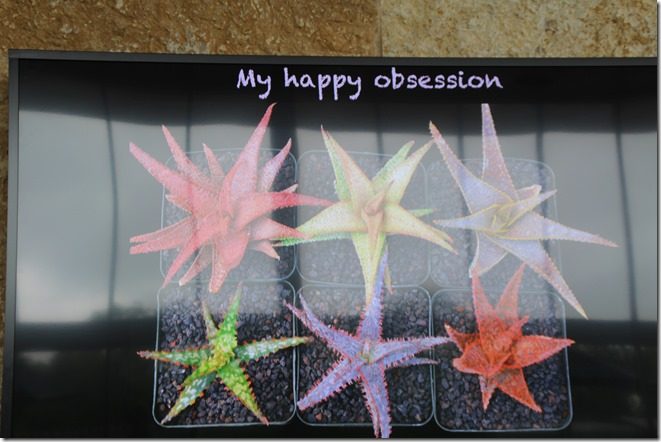
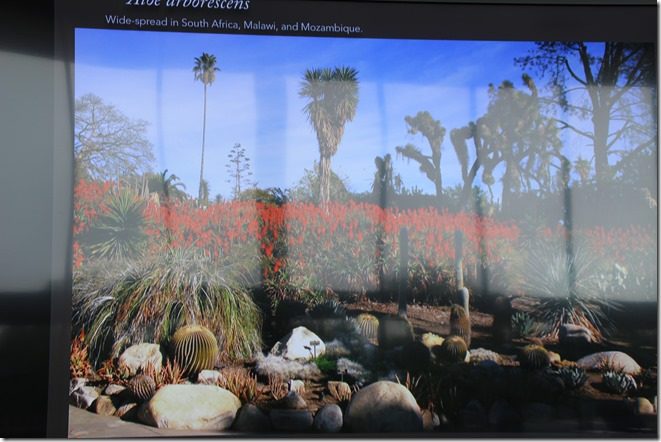
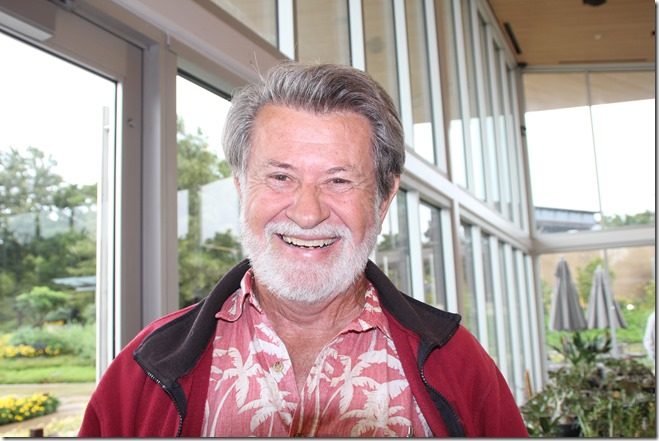
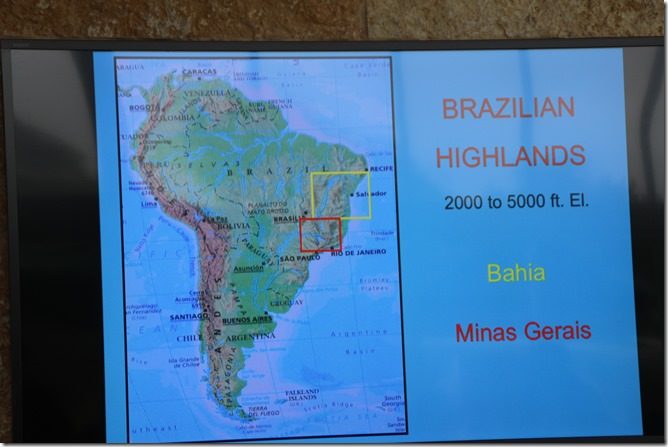
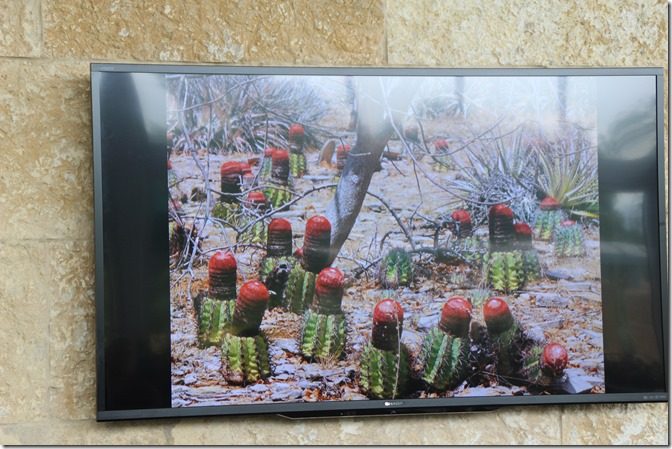
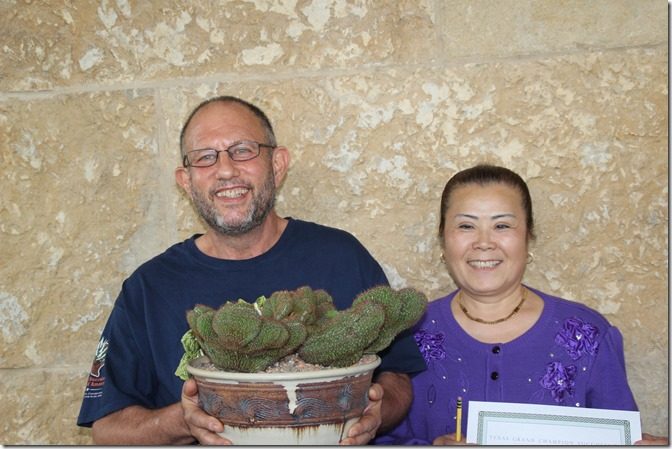
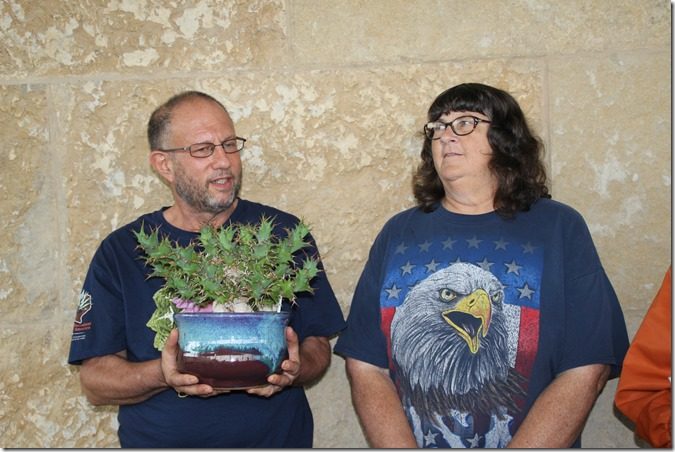
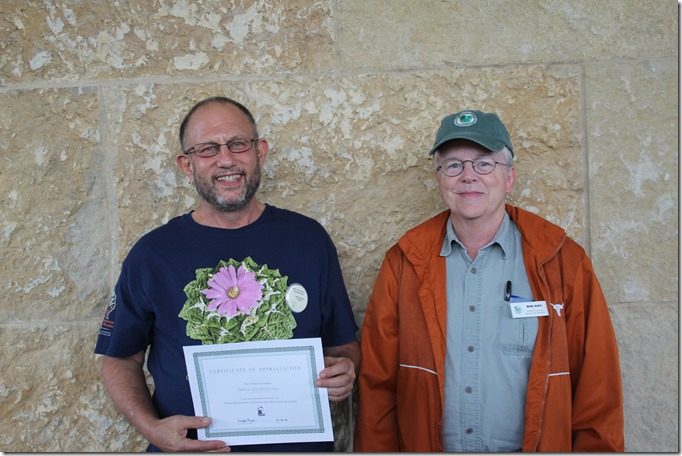
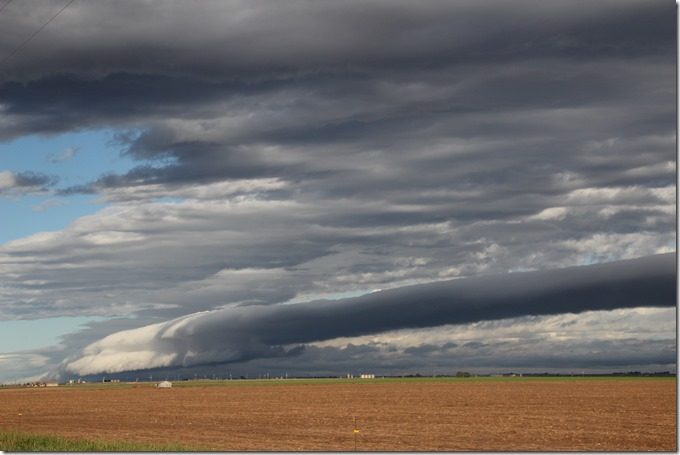
Recent Comments